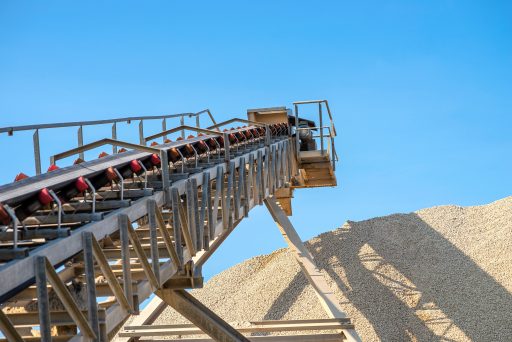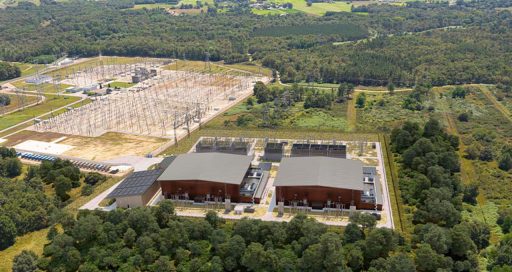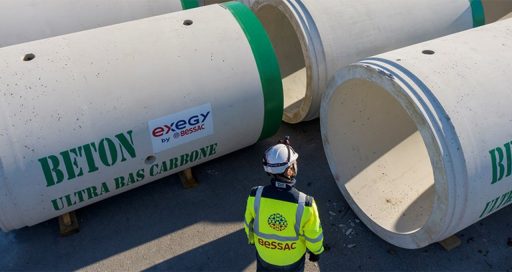Floating solar is a useful addition to photovoltaic solar farms. As its price comes down, it is set to expand in areas where available land is becoming scarce.
![]()
Where can photovoltaic panels be installed? Where land is scarce and expensive, it may be useful to consider installing panels on structures floating on water. This method for accessing solar energy is being used increasingly around the world, especially in Japan and other Asian countries where space for ground-mounted systems is in short supply. Projects are also emerging in France.
The cost of maintenance is lower in floating solar, and productivity is higher
The floating solar principle is the same as in ground-mounted solar farms: panels are connected in series by cable to a variety of devices to form a power plant, in which flows of renewable energy converge. But the physical system is different: the solar panels are attached to pontoons anchored on the bottom or banks of a body of water. The floating solar facility costs two or three times as much to install and the higher cost is still an impediment to its expanded use, but “three years from now, prices will come down and the technology will come into widespread use,” says Omexom (VINCI Energies) Business Unit Manager Jean-Marc Sanchez.
The advantages of the technology should be weighed against the investment required, says Jean-Marc Sanchez. “The estimated cost of maintenance over two decades is lower for floating solar, and productivity is higher, because water cools the solar equipment and this ensures better efficiency. Lastly, covering the surface of the body of water limits evaporation, a definite benefit for sites such as the drinking water reservoir in London.”
Bodies of water to be utilised
France has “good potential for the technology,” he says, because with its ZAC development zones and agricultural land, space for solar farms is becoming hard to find. The point is not lost on investors, who are securing bodies of water to be used for floating solar farms in future, including irrigation ponds, reservoirs, and former quarries such as the Piolenc quarry in south-eastern France, where a 17 MW floating solar plant with 47,000 panels has just been built. Other projects are on the drawing board in France, and Omexom plans to build floating solar facilities “before 2022,” says the business unit manager.
14/11/2019
Learn more:
https://www.lesechos.fr/





